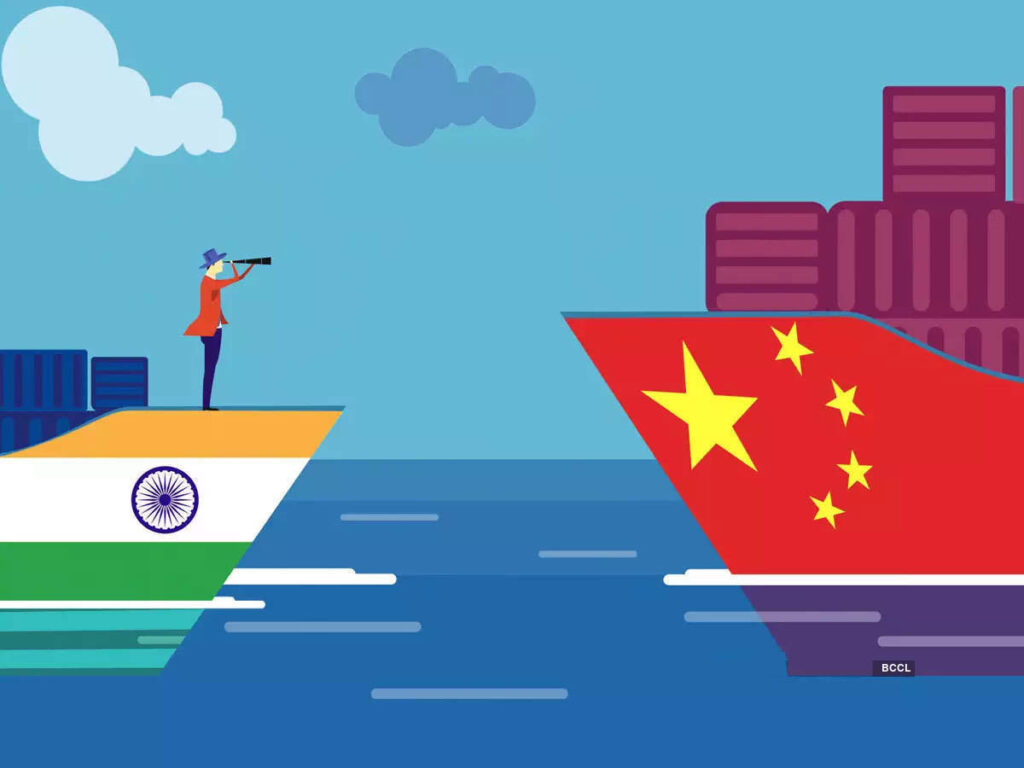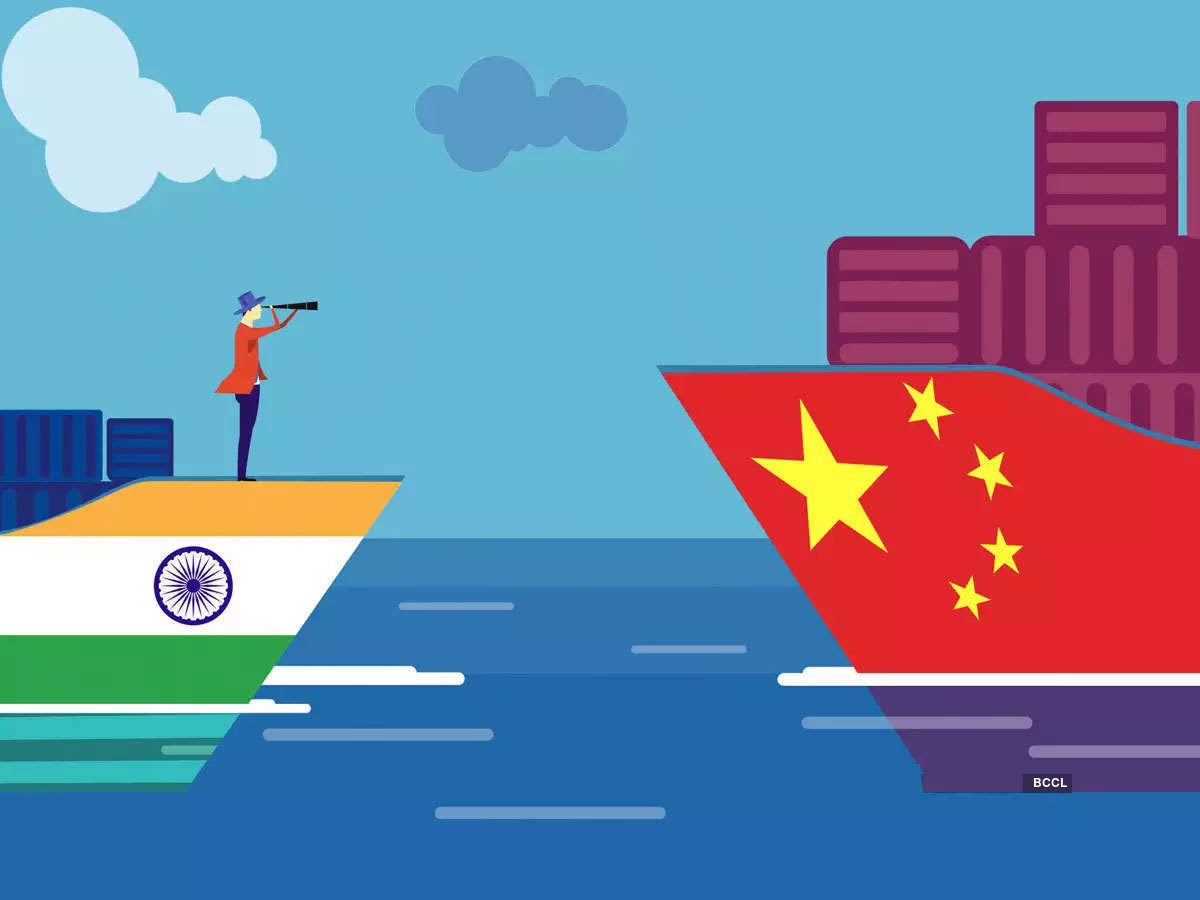
20 Indian soldiers, including an officer, were gunned down in the disputed Galwan Valley on June 15, 2020. The Galwan River flows through the disputed Aksai Chin region administered by China to the Ladakh union territory of India. The valley lies along the Line of Actual Control (LAC), the de facto border between the two nuclear-equipped neighbours. This armed confrontation took place after China expressed their anger towards the Darbuk-Shyok-Daulat Beg Oldie (DSDBO) road, built along the LAC, last year.
Prime Minister Modi, citing ‘sovereignty and security’ reasons banned 59 Chinese apps in India, on June 29. News pertaining to the expulsion and elimination of Chinese apps including the viral social media platforms such as TikTok, Weibo, and WeChat, as well as prominent shopping apps such as Shein and Club Factory, flooded the media. Other notable apps include ShareIT and UC Browser. This took the nation by a storm yet again post the India-China border clash. The 59 apps included The Government accused the apps of “engaging in activities which are prejudicial to the sovereignty and integrity of India, defence of India, security of state and public order.” About 300 million Indian users were reported to have used Chinese mobile applications before the ban. The ban has been imposed under Section 69A of the Information Technology Act read with relevant provisions of the Information Technology (Procedure and Safeguards for Blocking of Access of Information by Public) Rules 2009.
Furthermore, India is trying to reduce its imports from China and thereby attempting to reduce its dependence on the Chinese economy.
What are the implications of this withdrawal on the economy? Will India cope with this sudden change? Why is it so important for the economy to resort to autonomous means of production? Several questions have arisen regarding hopes for a brighter and self-sufficient future. In this article let’s take a look at how India is trying to reduce its dependency on China.
Statistically speaking, in the financial year 2019-20, China accounted for just a mere 5% of total exports and more than 14% of the imports. India imports 823 products— which include a wide variety of electronics, toys, plastic, steel, oil, organics chemicals and etc, from China worth $3.9 billion. There are around 800 Chinese companies dominating our domestic market.
USD 65.26 billion of imports were made by India from China, while the exports to China was USD 16.6 billion. This takes India’s trade deficit with China down to USD 48.66 billion. Well, a trade deficit doesn’t necessarily relate to strong economy. For example, take Japan— it has a very significant trade surplus, yet it isn’t doing well on an economic par. In the same way, the USA imports a lot from other countries and still has a boosted economy.
Due to the prevailing anti-China sentiments, serious measures have been implemented to cut down the consumption of Chinese goods. Since the financial year 2019-2020, India has reduced its imports from China by almost half which has narrowed down its trade deficit. India imports goods from the Dragon ranging from organic chemicals to machinery to ingredients for our pharmaceutical sector
- Electrical Machinery: India imported Rs. 144405 crores worth electrical machinery from China in the FY 2018-19 making it the most imported item from China. Some major Chinese electronic companies running in India include Huawei, Haier, Xiaomi Corporations, TCL electronics, etc. With China being the leading source of low-cost equipment imported by India— our other alternatives include importing from Japan, USA and Europe.
- Organic Chemicals: India imported Organic Chemicals worth 13911.79 USD Million in 2019. This was seen as an increase from import in 2018. Prominent chemicals imported include Heterocyclic Compounds With Nitrogen, Nucleic Acids, Their Salts, Antibiotics, Oxygen-function Amino-compounds, Amine-function Compounds, etc.
- Pharmaceutical: Sudarshan Jain, president of the Indian Pharmaceutical Alliance told the BBC that at least 70% of India’s drug intermediary needs are fulfilled by China. India has framed a new policy to gain some momentum in becoming self-reliant for producing drugs, but it may take some time.
Though India has decided to withdraw its reliance on the Chinese economy, industries will take time to scale the indigenous production of intermediate goods or look for alternative suppliers. In the wake of the call for ‘Atmanirbhar Bharat,’ several approaches have been adopted by the Indian government to curb its dependence, starting with the restrictions on the flow of FDI from India’s neighbouring countries. Due to the disruption in the supply chains due to the COVID crisis, India must build alternative supply chains with partners in the Far East, Europe, and the US while reducing China’s dependence. A substitute to importing products from China could be importing from countries like Japan, USA and European countries. India can suspend trade concessions under FTAs and reduce customs duty on products from these countries.
Make use of trade facilitation measures: Since the rules of the same are not well laid out in the WTO, India has had much leverage to use this channel to discourage Chinese imports. In light of the unclear trade facilitation measures laid down by the World Trade Organisation(WTO), India can impose a tighter standard on the goods being produced or imported, which will discourage people from buying cheap Chinese goods.
In light of the points stated above and keeping in mind the current global crisis, it can be said that it would take time for India to disengage from the Chinese economy. India imports a large number of intermediate goods from China. The policies that are being adopted by the government to achieve the goal of self- sustenance will prove to be useful in the long run. However, immediate alternatives to production and self-sufficiency cannot be achieved by the country, given the global economic situation. The Indian government encouraging the mantra ‘Vocal for Local’, giving a much-needed push to Indian industries is highly appreciated. A self-reliant India is no longer a utopia.
Written by Aakanksha Mantri for MTTN and Rithika Iyer for ESOM
Edited by Radhika Taneja for MTTN
Featured Image from The Economic Times

Leave a Reply
You must be logged in to post a comment.